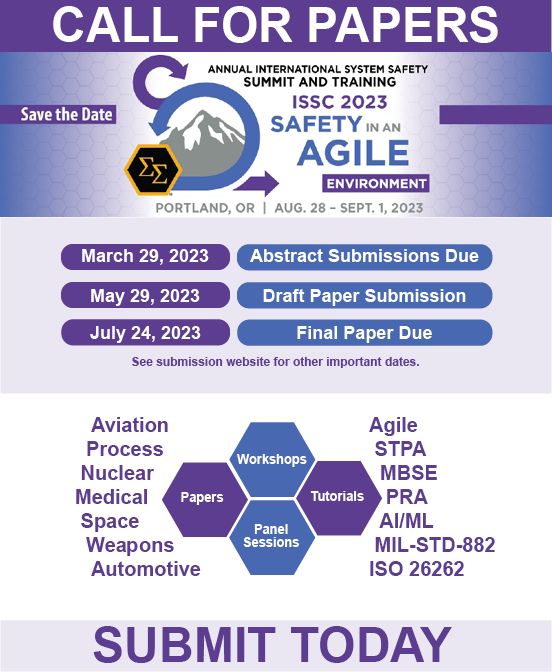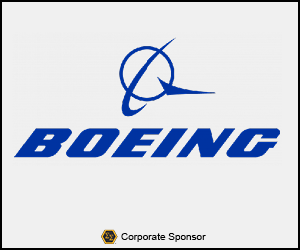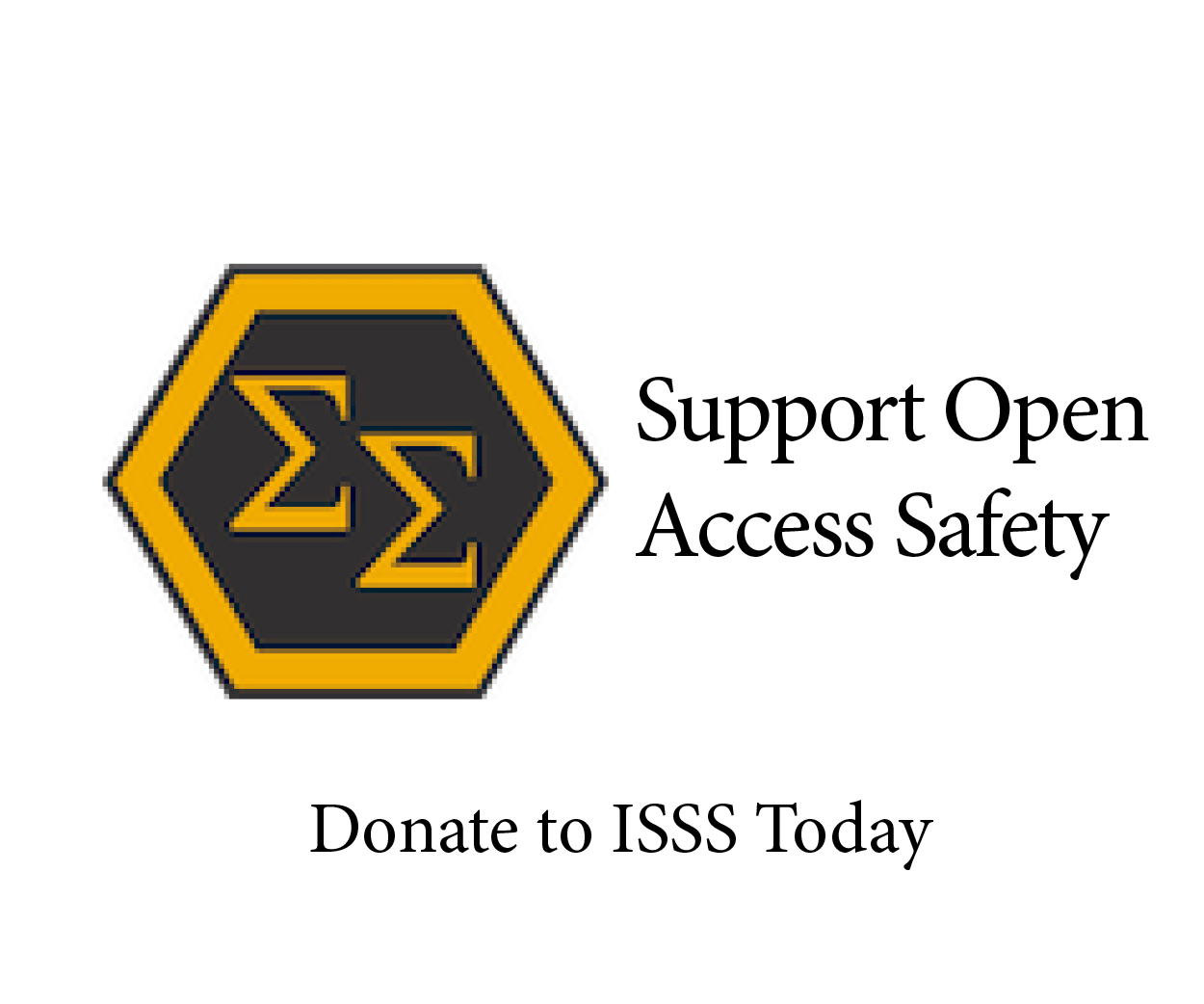How Safe is Safe Enough? Acceptable Safety Criteria From an Engineering and Legal Perspective
DOI:
https://doi.org/10.56094/jss.v53i3.108Keywords:
safe enough, risk acceptance, negligence, liability, unintended accelerationAbstract
Manufacturers have a vested interest in the safety of their customers, and in protecting their reputation for producing safe products. An additional incentive to produce safe products is avoiding liability when their product is involved in an accident or mishap that results in personal injury and/or property damage. While it is often said that one must never compromise on safety, the fact remains that any product must necessarily be a balance between the level of safety desired and the cost and performance impact of achieving that level of safety. The product manufacturer must make a determination: Is this product (or technology) acceptably safe within the context of current consumer expectations as well as the legal/regulatory framework? Is the residual risk tolerable? This paper presents a methodology to address those questions by reviewing the publicly available information of a recent automotive product liability case, and evaluating whether the product design met current legal and safety engineering best practices.














